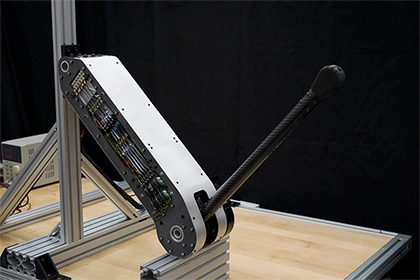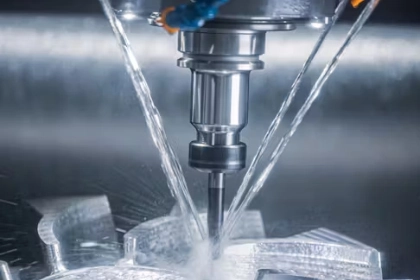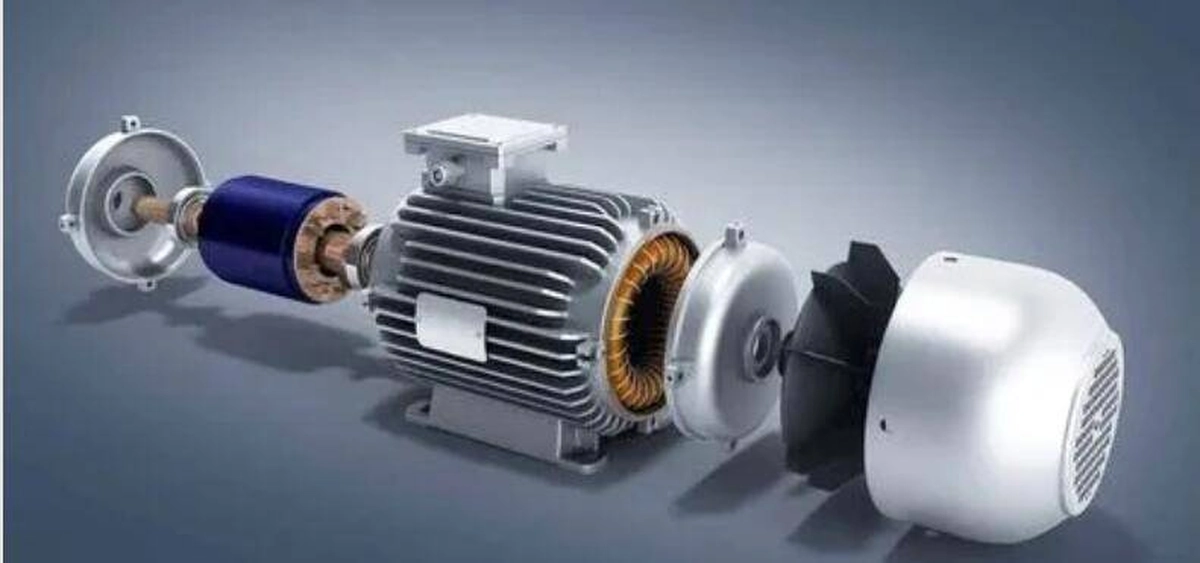- +86 19149417743
- Zhengzhou, Henan Province, China
- Mon-fri: 8am - 7pm
Get a quote

Gearboxes play a crucial role in motor systems, providing torque multiplication, speed reduction, and mechanical advantage. This essay aims to provide a detailed analysis of the function and significance of gearboxes in motor applications.
Gearboxes, also known as gear reducers or gear drives, are mechanical devices that transmit power and torque from a motor to a driven load. They consist of multiple gears arranged in specific configurations to achieve desired speed and torque ratios.
Various types of gearboxes exist, including spur gear, helical gear, bevel gear, worm gear, and planetary gear configurations. Each type has its own design characteristics and applications, offering specific advantages and limitations.
One of the primary functions of a gearbox is to multiply torque while reducing speed. By utilizing gear ratios, a gearbox can increase the output torque of a motor, allowing it to handle higher loads. Simultaneously, it reduces the speed of rotation, enabling precise control and matching the requirements of the driven load.
Gearboxes provide mechanical advantage by converting high-speed, low-torque input from the motor to low-speed, high-torque output to the load. This enables the motor to operate more efficiently within its optimal speed range while delivering the required power to the load.
Gearboxes allow motor systems to adapt to different load requirements. By selecting the appropriate gear ratio, the system can optimize performance for specific applications, such as heavy-duty machinery, vehicles, or precision equipment. Gearboxes also provide flexibility by allowing motors to operate at their optimal speeds while accommodating various load conditions.
Gearboxes enable precise control of motor speed by reducing the rotational speed of the output shaft. This is crucial in applications that require accurate positioning, such as robotics, CNC machines, and conveyor systems. The ability to adjust speed enhances productivity and ensures optimal performance.
Gearboxes enhance the motor's torque-handling capabilities, enabling it to handle higher loads without straining. By multiplying torque, gearboxes protect the motor from overload conditions, prolonging its lifespan and improving overall system reliability.
Properly selected and designed gearboxes can improve system efficiency by allowing the motor to operate within its optimal speed range. This reduces energy consumption and minimizes heat generation, resulting in cost savings and environmental benefits.
Gearboxes play a vital role in motor systems, providing torque multiplication, speed reduction, and mechanical advantage. By understanding their functions and benefits, professionals can make informed decisions when selecting and utilizing gearboxes in their applications. Gearboxes enhance motor performance, enabling precise speed control, improved torque handling, and increased system efficiency. Consideration of load requirements, gearbox efficiency, and proper maintenance practices are essential for optimizing performance and ensuring long-term reliability. By embracing the principles of gearboxes, professionals can enhance their career growth and contribute to the success of motor-driven systems.
 2024-08-30 16:01:40
Engineering
2024-08-30 16:01:40
Engineering
 2024-07-26 14:09:13
Engineering
2024-07-26 14:09:13
Engineering
 2024-07-18 09:42:00
Engineering
2024-07-18 09:42:00
Engineering